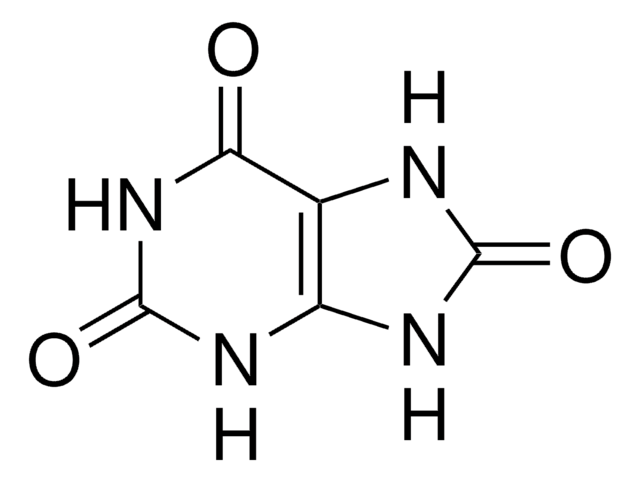179124
Acetone
ACS reagent, ≥99.5%
Synonym(s):
2-propanone, Dimethyl ketone
About This Item
Recommended Products
grade
ACS reagent
Quality Level
Agency
suitable for EPA 1613
vapor density
2 (vs air)
vapor pressure
184 mmHg ( 20 °C)
Assay
≥99.5%
form
liquid
shelf life
Recommended retest period - 2 years
expl. lim.
13.2 %
technique(s)
UV/Vis spectroscopy: suitable
impurities
≤0.0003 meq/g Titr. acid
≤0.0006 meq/g Titr. base
≤0.002% aldehyde as formaldehyde
≤0.05% isopropanol
≤0.05% methanol
≤0.5% water
evapn. residue
≤0.001%
color
APHA: ≤10
clear
refractive index
n20/D 1.359 (lit.)
pH
5-6 (20 °C, 395 g/L)
bp
56 °C/760 mmHg (lit.)
mp
−94 °C (lit.)
density
0.791 g/mL at 25 °C (lit.)
format
neat
storage temp.
room temp
SMILES string
CC(C)=O
InChI
1S/C3H6O/c1-3(2)4/h1-2H3
InChI key
CSCPPACGZOOCGX-UHFFFAOYSA-N
Looking for similar products? Visit Product Comparison Guide
General description
Application
- Used as solvent and/or building block in organic syntheses, such as SN2 reactions and Jones oxidation
- Mobile phase in Thin layer chromatography (TLC)
- Used as solvent in chemical molecules delivery systems in pharmaceutical and cosmetic industries
- Cleaning proposes
Features and Benefits
Packaging
Other Notes
Legal Information
greener alternative product
related product
Signal Word
Danger
Hazard Statements
Precautionary Statements
Hazard Classifications
Eye Irrit. 2 - Flam. Liq. 2 - STOT SE 3
Target Organs
Central nervous system
Supplementary Hazards
Storage Class Code
3 - Flammable liquids
WGK
WGK 1
Flash Point(F)
1.4 °F - closed cup
Flash Point(C)
-17.0 °C - closed cup
Certificates of Analysis (COA)
Search for Certificates of Analysis (COA) by entering the products Lot/Batch Number. Lot and Batch Numbers can be found on a product’s label following the words ‘Lot’ or ‘Batch’.
Already Own This Product?
Find documentation for the products that you have recently purchased in the Document Library.
Articles
Substances are said to be miscible in one another if they dissolve to form a uniform solution. Bookmark or download our miscibility table for common lab solvents.
Our team of scientists has experience in all areas of research including Life Science, Material Science, Chemical Synthesis, Chromatography, Analytical and many others.
Contact Technical Service





